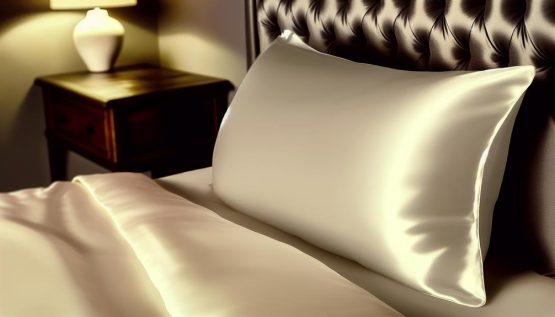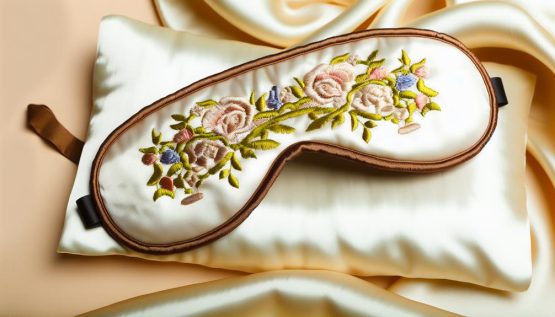Antibacterial Pillow Case- Are you tired of waking up to lackluster skin that seems to have a mind of its own? Well, hold onto your hats because we’re about to spill the beans on a little secret that could change the game for your skincare routine.
Picture this: a pillowcase made of luxurious silk that not only feels amazing against your skin but also has the power to transform your complexion. Yes, you heard that right – a silk antibacterial pillowcase that can help your skin.
Now, I know what you’re thinking – how on earth can a pillowcase do all that? Well, my friend, buckle up because we’re about to take you on a journey through the wonders of silk and its incredible benefits for your skin.
Trust me, by the end of this, you’ll be itching to get your hands on one of these magical pillowcases.
Benefits of Silk for Skin Health
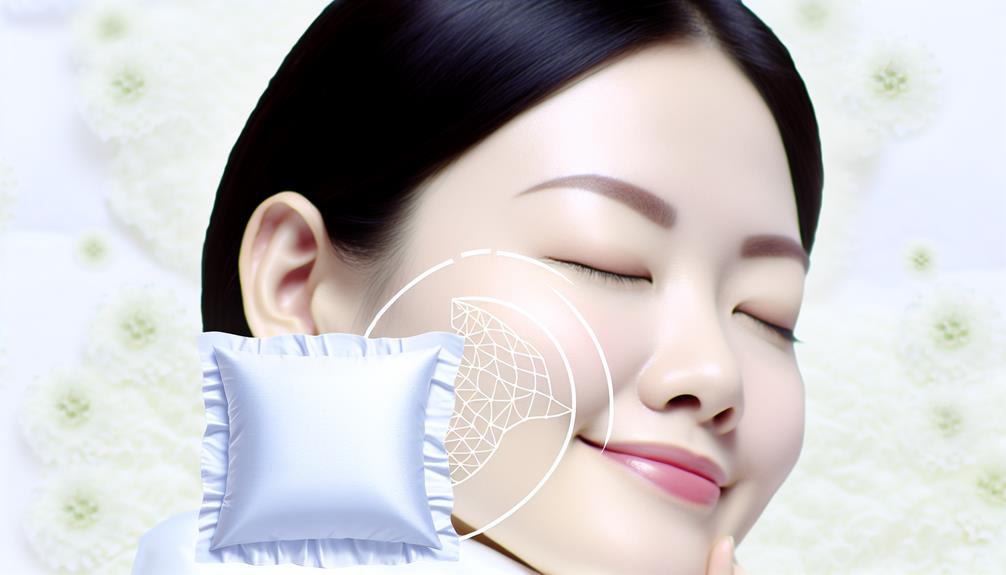
Did you know that silk has numerous benefits for your skin health? Silk, with its natural proteins and antioxidants, can work wonders for your skin. The antibacterial properties of silk help prevent acne and bacterial growth, unlike cotton which can breed bacteria. Switching to a silk pillowcase can keep your skin clean and hydrated, boosting your self-esteem if you have acne-prone skin.
The power of silk protein is undeniable. It contains natural nutrients that benefit acne-prone skin, reducing inflammation and promoting skin cell healing. The antioxidants present in silk from silkworms fed on mulberry leaves contribute to clearer looking skin and can even help prevent wrinkles. Furthermore, silk fibers inhibit bacterial growth, including E. coli, and sericin, a protein in silk, has antimicrobial and antibacterial activity.
The Power of Silk Protein
Silk protein possesses remarkable properties that contribute to the health and vitality of acne-prone skin. Derived from the cocoons of silkworms, silk proteins are packed with natural nutrients that benefit the skin. These proteins work wonders by reducing inflammation and promoting the healing of skin cells, resulting in clear and young-looking skin.
In fact, silk proteins are widely used in hair and skin care products due to their exceptional qualities. One of the standout features of silk proteins is their ability to inhibit bacterial growth. With their antimicrobial and antibacterial activity, silk fibers and sericin (a protein in silk) effectively prevent the proliferation of bacteria on the skin’s surface.
Antioxidants in Silk
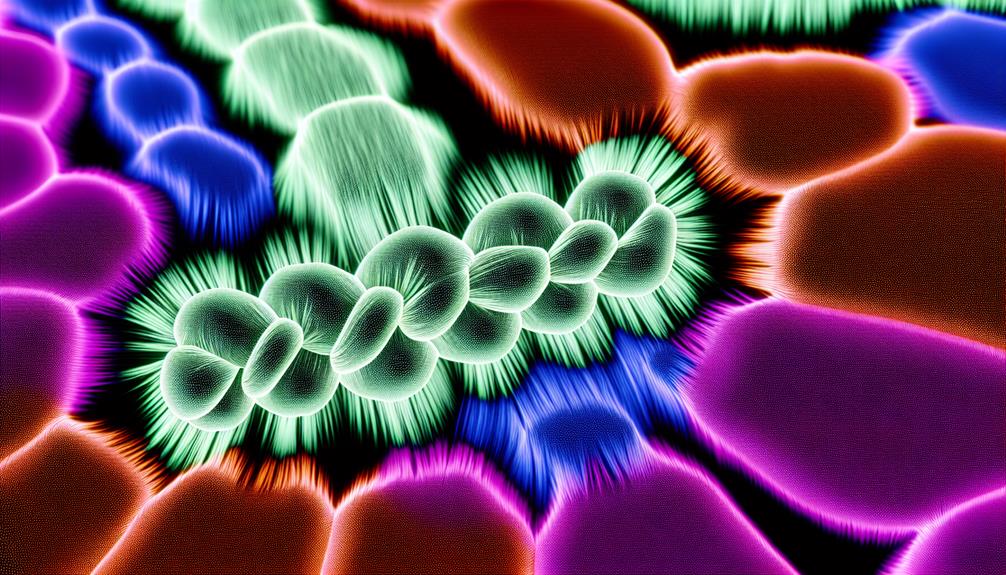
With its rich content of antioxidants, silk offers a multitude of benefits for maintaining clear and youthful-looking skin. Antioxidants are substances that help protect the skin from damage caused by free radicals, which are unstable molecules that contribute to aging and skin problems. Silk contains antioxidants that reduce inflammation, promote skin healing, and contribute to clearer looking skin. These antioxidants work by neutralizing free radicals and preventing oxidative stress. In addition, silk proteins have special properties that benefit the skin, such as reducing wrinkles and improving overall skin health. By using a silk antibacterial pillowcase, you can enjoy the antioxidant benefits of silk while also keeping your skin clean, hydrated, and free from bacteria. It’s a simple and effective way to take care of your skin and maintain a youthful appearance.
| Antioxidants in Silk | Benefits |
|---|---|
| Reduce inflammation | Calms irritated skin and promotes healing |
| Neutralize free radicals | Prevents oxidative stress and reduces signs of aging |
| Promote skin healing | Helps repair damaged skin cells |
| Contribute to clearer looking skin | Improves overall complexion and reduces skin problems |
| Improve skin health | Enhances elasticity, moisture, and firmness |
Antibacterial Properties of Silk Proteins
As we continue exploring the benefits of silk for maintaining clear and youthful-looking skin, let’s now uncover the remarkable antibacterial properties of silk proteins.
Silk fibers have the power to inhibit bacterial growth, including notorious strains like E. coli. One of the key proteins found in silk, called sericin, has both antimicrobial and antibacterial activity. This means that silk pillowcases not only prevent the growth of bacteria but also have the potential to kill them.
Additionally, silk proteins contain antimicrobial peptides, which are effective in fighting drug-resistant bacteria. It’s fascinating to think that silk, a fabric known for its luxurious feel, can also have applications in medical fields beyond skincare.
Importance of Clean Skin and Benefits of Silk Antibacterial Pillowcases
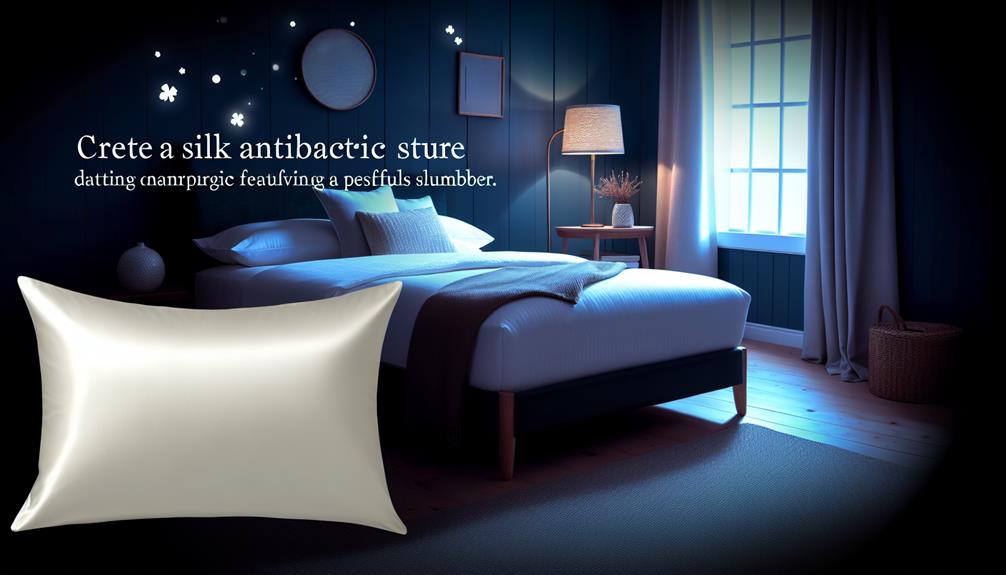
Maintaining clean and healthy skin is essential for our overall well-being, and one effective way to achieve this is by using silk antibacterial pillowcases.
These pillowcases are specially designed to keep our skin clean, hydrated, and free from bacteria that can cause acne and other skin problems.
Unlike cotton pillowcases, which can harbor bacteria and irritate the skin, silk pillowcases provide a clean and smooth surface for our face to rest on.
The natural proteins and antioxidants in silk not only help prevent bacterial growth but also promote skin healing and reduce inflammation.
By using silk antibacterial pillowcases, we can enjoy the benefits of clear, healthy, and hydrated skin, boosting our self-esteem and overall confidence.
Drying Silk Antimicrobial Pillowcases
After enjoying the benefits of clear, healthy, and hydrated skin with silk antibacterial pillowcases, it’s important to know how to properly care for and dry these antimicrobial wonders.
Here are three simple steps to ensure your silk pillowcase stays in top condition:
- Gently hand wash:
- Fill a basin with lukewarm water and a mild detergent.
- Swirl the pillowcase in the water, ensuring all areas are cleaned.
- Avoid harsh rubbing or wringing to prevent damage to the delicate silk fibers.
- Air dry:
- Lay the pillowcase flat on a clean towel, smoothing out any wrinkles.
- Allow it to air dry naturally, away from direct sunlight or heat sources.
- Avoid using a dryer, as the high heat can cause shrinkage or damage to the silk.
- Iron with care:
- If needed, iron the pillowcase on the lowest heat setting while it’s still slightly damp.
- Place a thin cloth between the iron and the silk to protect it from direct heat.
Choosing a High-Quality Silk Antibacterial Pillow Case
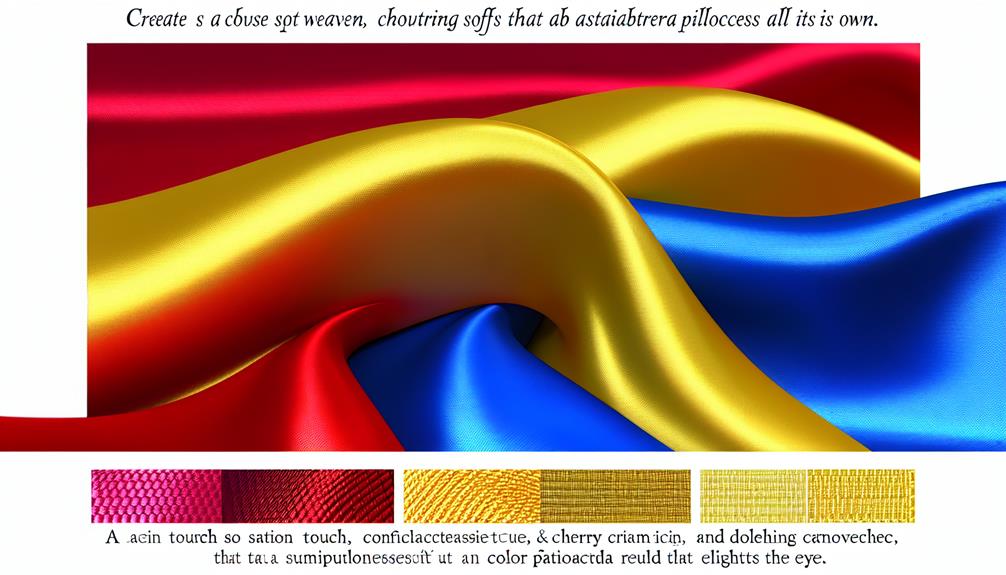
To ensure the best experience with your silk antibacterial pillowcase, it is crucial to select a high-quality option that meets your specific needs. When choosing a silk antibacterial pillowcase, there are a few key factors to consider. The table below provides a helpful guide to assist you in making an informed decision:
| Factor | Description | Importance |
|---|---|---|
| Material | Look for 100% pure mulberry silk, as it is the highest quality silk available and offers the greatest benefits for your skin. | High |
| Thread Count | Opt for a higher thread count, as this indicates a denser weave and smoother texture, enhancing the comfort and durability of the pillowcase. | Medium |
| Closure Type | Choose a pillowcase with a hidden zipper closure, as this ensures your pillow stays securely inside and prevents any contact with bacteria or allergens. | High |
| Care Instructions | Check if the pillowcase is machine washable and easy to care for, as this will save you time and effort in maintaining its cleanliness. | Medium |
Frequently Asked Questions
How Do Silk Pillowcases Compare to Other Materials, Such as Cotton or Satin, in Terms of Promoting Skin Health?
Silk pillowcases, compared to other materials like cotton or satin, have unique properties that promote skin health.
Silk contains natural proteins and antioxidants that benefit the skin, preventing acne and bacterial growth.
Unlike cotton, silk keeps the skin clean and hydrated, reducing the risk of inflammatory skin conditions.
Silk fibers also have antibacterial properties that inhibit bacterial growth.
Are There Any Potential Allergies or Sensitivities That People Should Be Aware of When Using Silk Pillowcases?
There are potential allergies or sensitivities that people should be aware of when using silk pillowcases.
Some individuals may have allergies to silk itself, which can cause skin irritation or rashes.
Additionally, certain dyes or chemicals used in the production of silk pillowcases may also trigger allergic reactions.
It’s important to read product labels and choose high-quality silk pillowcases that are hypoallergenic and free from harmful substances.
If you have a known silk allergy, it’s best to consult with a healthcare professional before using silk pillowcases.
Can Silk Pillowcases Help With Other Skin Conditions Besides Acne, Such as Eczema or Rosacea?
Silk pillowcases can offer benefits beyond acne prevention.
For skin conditions like eczema or rosacea, silk’s natural proteins and antioxidants can help reduce inflammation and promote healing.
Silk’s antibacterial properties also prevent bacterial growth, which can alleviate symptoms and reduce flare-ups.
Additionally, silk’s smooth texture can minimize irritation and friction, providing relief for sensitive skin.
How Often Should I Wash My Silk Pillowcase to Maintain Its Antibacterial Properties?
To maintain the antibacterial properties of your silk pillowcase, we recommend washing it regularly. While the frequency may vary depending on personal preference, it’s generally recommended to wash your silk pillowcase every 1-2 weeks.
This helps to remove any bacteria or dirt that may have accumulated on the surface. By keeping your silk pillowcase clean, you can ensure that it continues to provide a clean and hygienic environment for your skin, promoting clear and healthy skin.
Are There Any Specific Guidelines or Recommendations for Caring for and Maintaining a Silk Antibacterial Pillowcase?
There are specific guidelines and recommendations for caring for and maintaining a silk antibacterial pillowcase.
It’s important to follow the manufacturer’s instructions for washing and drying the pillowcase.
Generally, it’s recommended to hand wash the silk pillowcase with a gentle detergent and cold water.
Avoid using harsh chemicals or bleach.
After washing, air dry the pillowcase or use a low heat setting on the dryer.
Iron the pillowcase on a low heat setting if needed.
Proper care will ensure the longevity and effectiveness of the silk antibacterial pillowcase.
Conclusion
In conclusion, a silk antibacterial pillowcase can be a game-changer for your skincare routine.
Its natural proteins and antioxidants nourish and rejuvenate the skin, leaving it radiant and youthful.
The antibacterial properties of silk combat acne-causing bacteria, preventing breakouts and promoting a clear complexion.
Unlike cotton, silk keeps your skin clean and hydrated, minimizing the breeding ground for bacteria.
Investing in a high-quality silk antibacterial pillowcase can be the secret to achieving the healthy, glowing skin you’ve always dreamed of.


